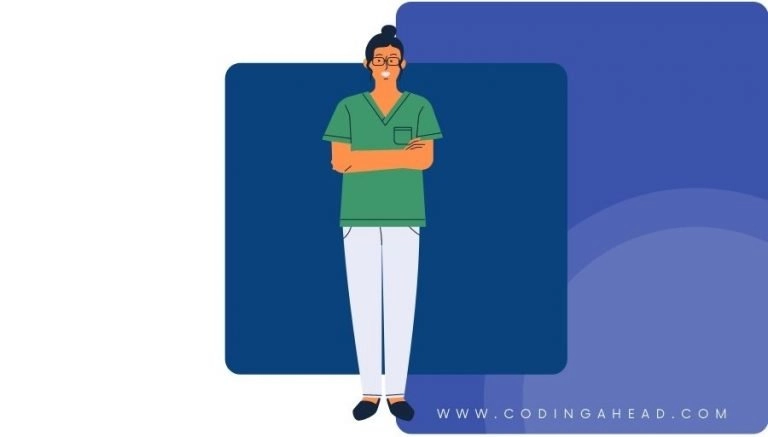How To Use CPT Code 61120
CPT 61120 describes the procedure of creating one or more burr holes in the skull to access the intracranial space for diagnostic injections. This article will cover the description, official description, procedure, qualifying circumstances, appropriate usage, documentation requirements, billing guidelines, historical information and billing examples.
1. What is CPT Code 61120?
CPT 61120 can be used to describe the surgical procedure in which one or more burr holes are created in the skull to access the intracranial space for diagnostic injections. This code is used when a provider uses a surgical burr drill to create the hole(s) in the skull.
2. Official Description
The official description of CPT code 61120 is: ‘Burr hole(s) for ventricular puncture (including injection of gas, contrast media, dye, or radioactive material).’ This code includes the injection of gas, contrast media, dye, or radioactive material for diagnostic purposes.
3. Procedure
- The patient is appropriately prepped and anesthetized.
- The provider incises the scalp and moves it away to expose the skull.
- Using a surgical burr drill, the provider creates one or more holes in the skull, known as burr holes.
- The burr holes provide access to the intracranial space for diagnostic injections.
- The provider may inject gas, contrast media, dye, or radioactive material for radiological testing.
4. Qualifying circumstances
CPT 61120 is used when the creation of burr holes is necessary to access the intracranial space for diagnostic injections. This procedure is typically performed for patients who require radiological testing or diagnostic injections in the cerebral ventricles. The provider must use a surgical burr drill to create the burr hole(s) in the skull.
5. When to use CPT code 61120
CPT code 61120 should be used when a provider performs the procedure of creating burr hole(s) in the skull for ventricular puncture and diagnostic injections. This code should be reported for each burr hole created during the procedure.
6. Documentation requirements
To support a claim for CPT 61120, the provider must document the following information:
- Indication for the procedure and the need for diagnostic injections
- Number and location of the burr hole(s) created
- Details of the diagnostic injections performed, such as the type of gas, contrast media, dye, or radioactive material used
- Date and duration of the procedure
- Any complications or additional procedures performed
- Signature of the provider performing the procedure
7. Billing guidelines
When billing for CPT 61120, ensure that the provider uses a surgical burr drill to create the burr hole(s) in the skull. This code should be reported for each burr hole created during the procedure. It is important to note that CPT code 61120 should not be reported if the burr hole(s) are used in conjunction with a craniotomy or craniectomy procedure. Modifier may be necessary to identify a separate and distinct location if multiple burr holes are created at different anatomical locations of the brain.
8. Historical information
CPT 61120 was added to the Current Procedural Terminology system on January 1, 1990. The code was later added to the Inpatient Only (IPO) list for Medicare in 2017.
9. Examples
- A neurosurgeon creating a burr hole in the skull to perform a ventricular puncture and inject contrast media for radiological testing.
- A neurologist using a surgical burr drill to create multiple burr holes in the skull for diagnostic injections in the cerebral ventricles.
- A radiologist performing a burr hole procedure to inject gas into the intracranial space for diagnostic purposes.
- A neurosurgeon creating a burr hole in the skull to inject radioactive material for a brain scan.
- A neurologist using a surgical burr drill to create a burr hole in the skull to perform a ventricular puncture and inject dye for diagnostic imaging.
- A neurosurgeon performing a burr hole procedure to inject contrast media into the intracranial space for radiological testing.
- A radiologist using a surgical burr drill to create multiple burr holes in the skull to inject gas for diagnostic purposes.
- A neurologist creating a burr hole in the skull to inject radioactive material for a brain scan.
- A neurosurgeon performing a burr hole procedure to inject dye into the intracranial space for diagnostic imaging.
- A radiologist using a surgical burr drill to create a burr hole in the skull to perform a ventricular puncture and inject contrast media for radiological testing.


